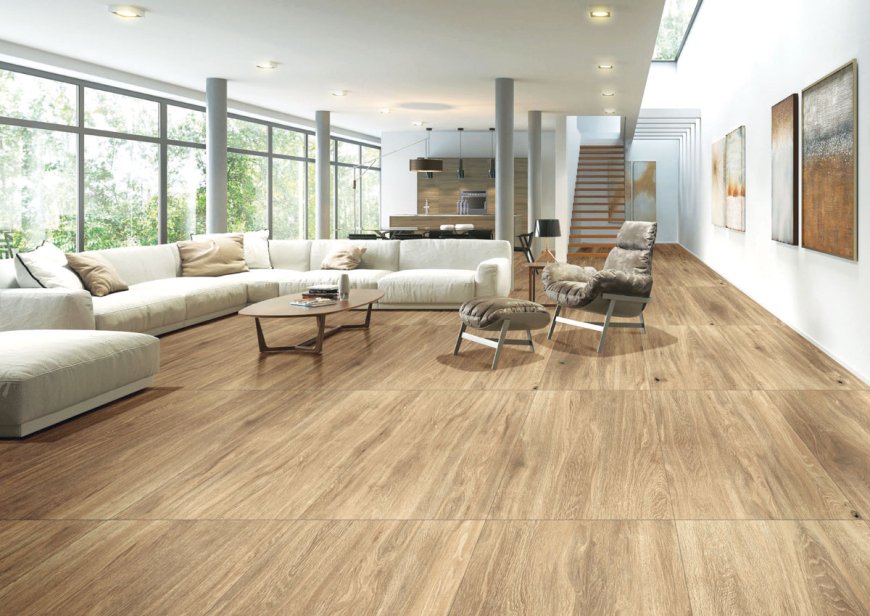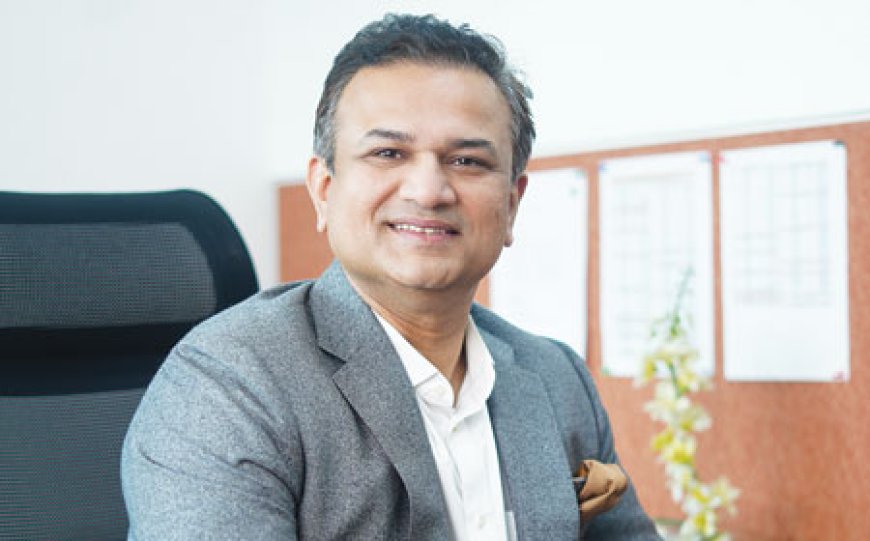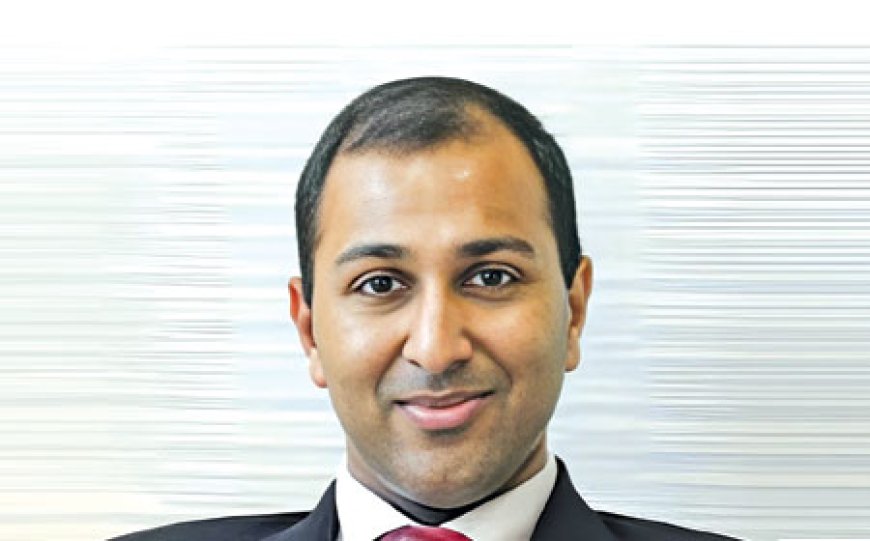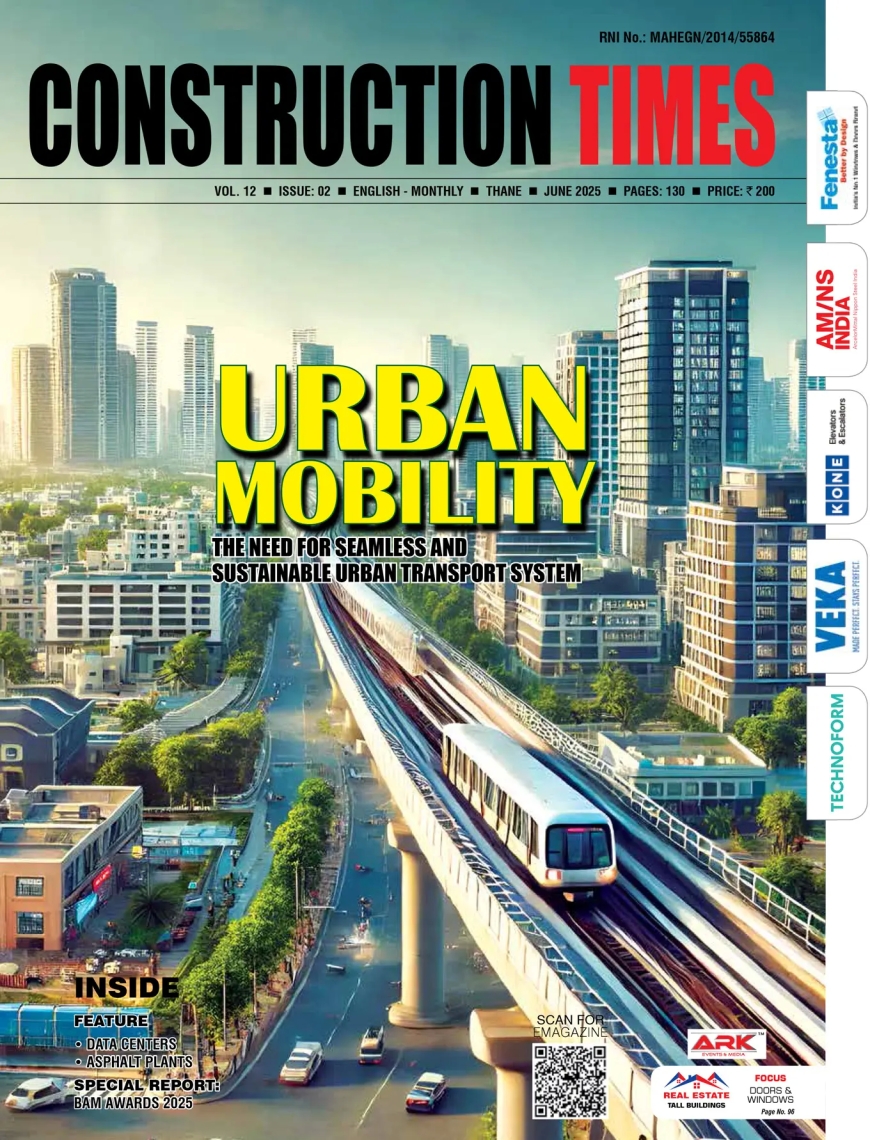On a rapid evolution

The Indian tiles and floorings market is on a rapid evolution, focusing on diverse surfaces to meet the ever-changing consumer preferences. Construction Times explores the trend and outlook.
Tiles and floorings play an integral part in buildings and interiors. The Indian tile industry continues to grow at a healthy growth rate. The key drivers for the tiles and flooring segment in India are the boom in the housing sector and the government policies supporting the growth of the housing sector. The boom in the retail sector of the Indian economy has also influenced the demand for higher-end products. The growing urbanization and the changing approach of users towards design and aesthetics are expected to bring in new changes in the tiles and floorings products.
Current market trends

The Indian flooring market is currently witnessing growth owing to a few factors such as urbanization, the evolving preferences of consumers, and an increased focus on aesthetics in both residential and commercial spaces. According to Sudhanshu Pokhriyal, CEO - Bath and Tiles Business, Hindware, flooring goes beyond mere functionality, playing a pivotal role in establishing the overall aesthetic of a space. “Today, customers find themselves presented with a plethora of options, including a diverse selection of colours, shapes, textures, and materials, offering an abundance of choices to enhance the visual appeal of their living areas,” he adds.
Consumers are increasingly looking for flooring options that combine both functionality and visual appeal. In this regard, modular flooring, with its aesthetic versatility, has emerged as the preferred choice in the market.

Recently, the market for vinyl flooring in India has been witnessing significant growth and evolving trends. Consumers appreciate vinyl flooring for its durability, cost-effectiveness, and the variety of designs it offers. The ease of maintenance and resistance to moisture make it a popular choice, particularly in regions prone to humid weather. Rishabh Agarwal, Chairman, Responsive Industries, says, “In recent years, we have observed a shift toward luxury vinyl tile (LVT) and other premium vinyl flooring options as consumers seek higher-end, aesthetically pleasing solutions for their homes and commercial spaces. Moreover, sustainability and eco-friendly choices have become influential factors, leading to the development of eco-conscious vinyl flooring options.”
Latest design and materials

The tile industry in India is witnessing several trends and developments in design and materials. According to Anshuman Chakravarty, Head of Marketing & Communication, Somany Ceramics, there is a growing demand for large format tiles, tiles that are larger than traditional sizes and are at least 1,200 mm in size on one of the sides. “These tiles create a seamless and spacious look in interior spaces, making them popular for both residential and commercial applications. Large format tiles also reduce the number of grout lines, resulting in easier maintenance,” he adds.

Another latest development in designs and materials is the production of high-gloss replicas of marbles and tiles that closely emulate the appearance of real-life materials. “Machine enhancements have further refined this process, resulting in more natural-looking replicas. Essentially, machines are now capable of replicating the nuances and textures found in natural materials, offering a cost-effective and sustainable alternative. This development not only expands design possibilities but also ensures consistency and quality in the final product,” says Rahul Bhugra, Director, Antica Ceramica.
Demand trends
In the current landscape of design and material trends, consumers have a diverse array of options to enhance their living spaces. Choices include vinyl flooring, carpet tiles, laminate flooring, stone flooring, checkerboard patterns, and more. According to Pokhriyal, a notable trend gaining prominence is the inclination towards sustainable flooring, where choices like hardwood and large natural planks are gaining traction. Agarwal feels that the trend reflects a consumer preference for products that seamlessly blend cutting-edge materials and designs, prioritizing performance, longevity, and eco-conscious features in diverse applications.
According to Bhugra, there is a significant shift visible among customers from glossy finish to matte finish. “Historically, glossy finishes dominated the Indian market due to their low maintenance. However, there's now a shift towards matte finishes, reflecting a preference for a refined aesthetic while remaining practical. Stone finish materials are also gaining traction, offering natural textures and earthy tones for timeless elegance,” he says. Also, marbles and waterjet designs are becoming popular for their precision and intricacy, providing unique options for personalized spaces.

Market outlook
According to Pokhriyal, the tiles market in India is around Rs 35,000 crore. When it comes to value, the collective contribution of organised players accounts for approximately 40%, which amounts to around Rs 14,000 crore. In terms of volume, the market size is approximately 900 million sq m with organised players contributing about 25%, equivalent to around 240 million sq m. Looking at the future, he adds, “From digital printing and inkjet decoration to nanotechnology-infused tiles and porcelain slabs, brands are continuously pushing the boundaries of what is possible in tile design and production.”
“Moving forward, we envision a market characterized by heightened consumer demand for superior quality, design versatility, and eco-consciousness. As pioneers in the industry, we are poised to meet and exceed these expectations through our innovative products and sustainable practices,” adds Chakravarty.
The market is open to more innovations in designs and materials in the coming years. As customer preferences are changing according to various factors such as designs, materials, aesthetics, sustainability and climate changes, new developments will keep the players in the development of new innovations in future.







